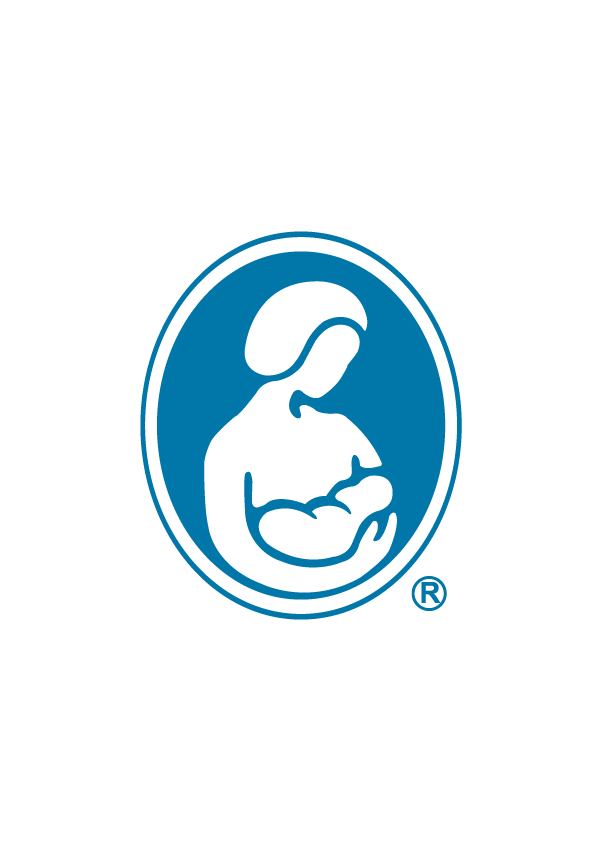News From LLLI
19 February 20
出现在新闻中的冠状病毒(COVID-19)疫情在全球迅速蔓延,目前可获得的信息有限。国际母乳会(LLLI)尊重国际卫生、医疗组织及其相关团体的努力,在跟进病毒传播情况,了解最新信息和指南。国际母乳会也将持续追踪此次全球卫生危机的发展。
基于超过60年的母乳喂养支持经验,国际母乳会坚定地鼓励所有家庭,认识到母乳喂养为母乳宝宝提供免疫保护的重要性。在多数情况下,即使父母或其他家庭成员受到感染生病,母乳宝宝依然保持健康。越来越多的研究表明,婴儿可以从母乳中获得多种多样化的免疫蛋白(包括抗体),尤其是通过亲喂母乳这一方式。
那些在距离宝宝出生时间较近的时间感染并在产后哺乳的妈妈,以及在哺乳期感染的妈妈,她们的乳汁中会产生特定的分泌型IgA抗体和许多其他关键的免疫因子,来保护婴儿并增强婴儿自身的免疫反应。此时,这些免疫因子将帮助婴儿的身体对暴露和感染做出更有效的反应。遵循良好的卫生习惯也将有助于减少病毒的传播。
如果母乳妈妈生病,重要的是不要中断直接母乳喂养。由于母亲和/或家人的接触,婴儿已经暴露在该病毒环境下,继续直接母乳喂养将使婴儿获益最大。
哺乳的中断可能导致以下几个问题:
- 对哺乳期的婴儿或幼儿造成严重的情感创伤;
- 由于无法亲喂,需要将乳汁挤出,导致奶量下降;
- 由于引入奶瓶,婴儿日后拒绝乳房;
- 由于缺乏直接母乳亲喂和在特定时间挤奶,无法匹配婴儿在特定时期的需求,而导致保护性免疫因子下降;
- 由于缺乏直接母乳亲喂的免疫支持,增加婴儿生病的风险。
- 最后一点至关重要:当一个家庭的任意一位成员已经暴露在病毒下时,婴儿也已经暴露了。因此,任何母乳喂养的中断,实际上可能会增加婴儿生病的风险,婴儿甚至会病得更重。
鼓励任何认为自己可能患有冠状病毒病(COVID-19)的人遵循良好的卫生习惯,例如:彻底洗手并戴防护口罩以防止病毒传播。如果母亲病重到需要住院治疗,则应尽可能允许婴儿继续母乳哺喂,并牢记以上列出的任何分开或中断母乳哺喂可能导致的结果。在极端严峻的情况下,如果认为在医学上需要中断母乳哺喂,则建议用手挤奶或使用吸奶器挤奶。在这种情况下,可以将含有多种免疫因子的母奶喂给婴儿,以防止婴儿受到感染或在婴儿生病时帮助减少感染的严重程度和持续时间。
世界卫生组织(WHO)在其网站上以多种语言提供有关冠状病毒的指南和其他信息。联合国儿童基金会(UNICEF)也提供有关冠状病毒病感染下进行哺乳的信息。附录中列出了相关链接。
以上所有信息也适用于受到流感和其他呼吸道病毒感染威胁的家庭。
英文原文链接 https://www.llli.org/coronavirus/
REFERENCES
Centers for Disease Control and Prevention(CDC; 28 January 2020). About 2019 Novel Coronavirus (2019 – nCoV). Accessed 29 January 2020 and 12 February 2020 from https://www.cdc.gov/coronavirus/2019-ncov/about/index.html
Centers for Disease Control and Prevention(CDC; 17 February 2020). Frequently Asked Questions and Answers: Coronavirus Disease2019 (COVID-19) and Pregnancy. Accessed 18 February 2020 from https://www.cdc.gov/coronavirus/2019-ncov/specific-groups/pregnancy-faq.html
Centers for Disease Control and Prevention(CDC; 15 February 2020). Coronavirus Disease 2019 (COVID-19): Frequently AskedQuestions and Answers. Accessed 19 February 2020 from
https://www.cdc.gov/coronavirus/2019-ncov/faq.html
Chen H, Guo J, Wang C, et al. Clinicalcharacteristics and intrauterine vertical transmission potential of COVID-19infection in nine pregnant women: a retrospective review of medical records.Lancet 2020; published online Feb 12 2020 at https://doi.org/10.1016/S0140-6736(20)30360-3
China National Health Commission.Transcript of Press Conference on Feb 7, 2020 in Chinese. Available at http://www.nhc.gov.cn/xcs/s3574/202002/5bc099fc9144445297e8776838e57ddc.shtml
Lam, C.M., Wong, S.F., Leung, T.N., Chow,K.M., Yu, W.C., Wong, T.Y., Lai, S.T. and Ho, L.C. (2004), A case‐controlled study comparing clinical course and outcomes of pregnantand non‐pregnant women withsevere acute respiratory syndrome. BJOG: An International Journal of Obstetrics& Gynaecology, 111: 771-774.
Scientific American (12 February 2020).Disease Caused by the Novel Coronavirus Officially Has a Name: COVID-19. Accessed12 February 2020 from
Shek CC, Ng PC, Fung GP, et al. Infantsborn to mothers with severe acute respiratory syndrome. Pediatrics 2003; 112:e254.
UNICEF (February 2020). Coronavirus disease(COVID-19): What parents should know. Accessed 18 February 2020 fromhttps://www.unicef.org/stories/novel-coronavirus-outbreak-what-parents-should-know
Wong SF, Chow KM, Leung TN, et al.Pregnancy and perinatal outcomes of women with severe acute respiratorysyndrome. Am J Obstet Gynecol 2004; 191: 292–97.
World Health Organization (WHO; 20 January2020). Home care for patients with suspected novel coronavirus (nCoV) infectionpresenting with mild symptoms and management of contacts: Interim guidance 20January 2020. Accessed 29 January 2020 from https://www.who.int/publications-detail/home-care-for-patients-with-suspected-novel-coronavirus-(ncov)-infection-presenting-with-mild-symptoms-and-management-of-contacts
World Health Organization (WHO, 2020).Novel coronavirus (2019-nCoV). Accessed 12 February 2020 from https://www.who.int/emergencies/diseases/novel-coronavirus-2019
Zhu H, Wang L, Fang C, et al. Clinicalanalysis of 10 neonates born to mothers with 2019-nCoV pneumonia. TranslPediatr 2020; published online Feb 10 2020. DOI:10.21037/tp.2020.02.06.

_ori.jpg)